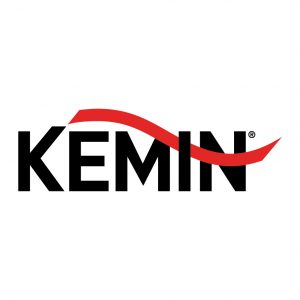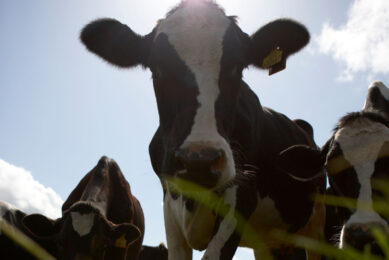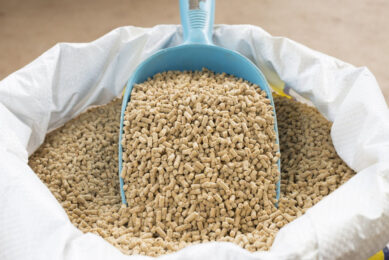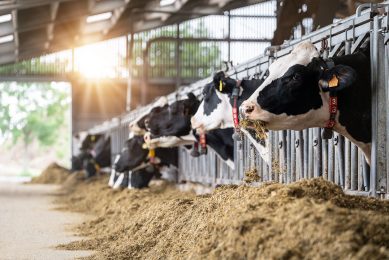The benefits of balancing amino acids
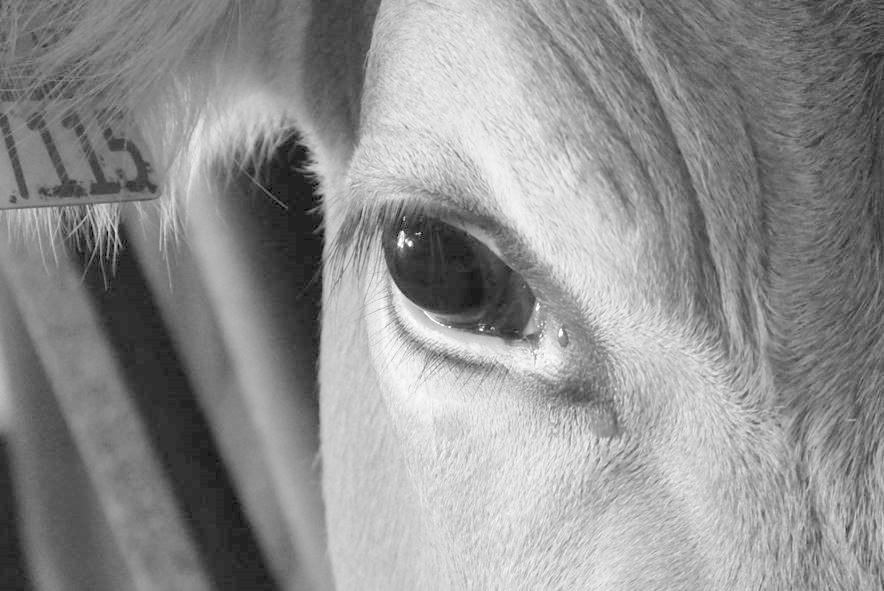
Essential amino acids (AA) cannot be synthesised by the animal and therefore they must be added to the diet. Limiting AA are defined as those that are contained in the diet at lower level than animal´s requirements. Methionine (Met) and lysine (Lys) have been recognised as the first and second limiting AA, respectively, for lactating dairy cows under most feeding practices.
The benefits of balancing for Lys and Met are endless if dairy nutritionist and producers are willing to adopt the concept and apply it whenever possible. All these benefits can be summed up in 6 areas:
- Enhances milk performance independent of the production level
- Improves efficiency of metabolisable protein use with an opportunity to formulate diets with lower CP content without compromising the yield of milk and milk components
- Decreases metabolic disorders incidence
- Essential for energy metabolism being carnitine precursors, since both are required for fatty acids ß-oxidation and precursor for apolipoproteins synthesis and needed for VLDL production
- Improves dairy herd fertility
- Increase cheese production profitability
Raising dairy product quality
The milk protein content is very important in cheese production, but only 94% is true protein in milk. Casein content of milk true protein is around 81%, the rest is whey protein. Balancing the diets for amino acids improves milk protein content and automatically the cheese yield. Additionally, there is robust evidence that well balanced diets can improve the casein content of milk protein. As a result, a double positive effect on cheese yield. Cheese yield is the mass of cheese produced from a given volume of milk and various formulas have been developed to estimate the yield of diverse types of cheese, but all of them are related to milk casein percentage.
The effect of amino acid balancing on milk protein and casein content was studied in different trials and studies over the last years. Młynek (2013) proved a significant positive effect of rumen protected (RP) Lys and Met on milk fat, milk protein and for casein content, increasing +0.11% milk protein, +0.16% milk fat, +0.11% milk casein and +0.9% ratio casein/protein. This is important not only for dairy cows, but also for small ruminants.
Positive influence on milk yields
In some regions, cheese production from goat and ewe milk is the biggest part of total cheese exports. Therefore, it is very important to know that using rumen protected AA can improve the cheese production as well increasing percentage milk protein (0.2 to 0.5% respectively) and percentage milk casein (0.3 to 0.5% respectively).
Increasing available Met and Lys by supplementing diets with RP Lys and Met tends to positively increase milk volume and influence milk protein and casein production. Another way how this strategy can improve cheese efficiency is reducing somatic cell counts. Both the farmer and dairy industry involved in cheese processing can benefit from AA balancing with the Kemin Amino Acid Program (KAAP).
Data-driven research
Along with the choice of the most high-quality and intestinal bioavailability product, choosing an experienced supplier is important. An RP AA supplier should be able to provide constant support and act according to constantly changing market situations. KAAP rumen protected supplements are supported by data-driven researches using sophisticated models that are validated in the three-step process: step 1 – in the lab; step 2 – in the animal and step 3 – in the dairy farm and industry.
Figure 1 presents the meta-analysis 2017 data for a very successful KAAP implementation versus control group (no amino acid balanced diet). With the continuous increase in feed prices, and cost of milk production, diet reformulation with low crude protein content, using KAAP, can improve MP utilisation maximising dairy cow production.
More information about rumen protected amino acids can be found at www.kemin.com.
References available on request


